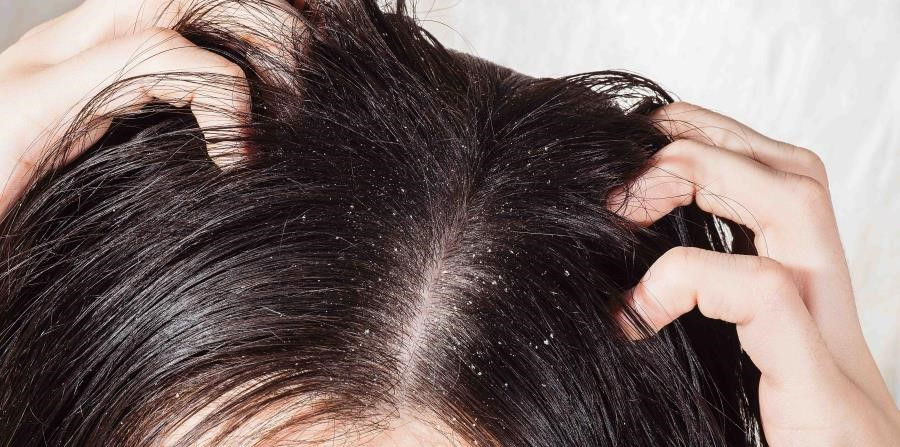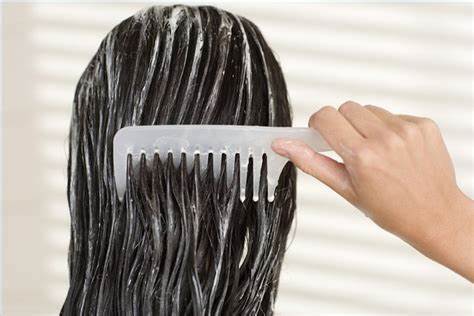Understanding Dandruff
- Samantha Stevens
- Sep 9, 2024
- 3 min read

Did you know nearly 60% of people suffer from dandruff of some kind? Let's take a closer look at the forms of dandruff and how we can treat this unpleasant scalp issue.
How It Starts:
So first of all, we all flake. A healthy scalp renews itself every three weeks, the shedding of skin cells is a natural process. In this case, the skin cells are so small that the flaking is almost unnoticeable. The problem begins when dandruff becomes visible on our hair and even on our shoulders and clothing.
Dandruff is the excessive, accelerated shedding of the scalp, characterized by the appearance of small to large flakes, scalp itching, and inflammation with redness.
Types of Dandruff:
Oily dandruff develops due to excessive sebum production. This scalp issue is most common in skin types with overactive sebaceous glands. It often occurs during adolescence and in young adults, as hormonal changes stimulate the activity of these glands.
Stress can also contribute to oily dandruff. Daily stress can disrupt our hormonal balance, leading to increased sebum production. As a result, the process of cell death accelerates, but the excess oil causes the dead cells to stick together, preventing them from shedding off the hair strands. The accumulated layer of dandruff mixed with oil clogs the scalp, depriving it of air.

Dry Dandruff:
Dry skin? Your scalp likely will suffer from dryness as well! There are several factors that can contribute to a dry scalp.
Dehydration: When the scalp loses its moisture, the protective layer is damaged. This allows harmful substances to penetrate deeper into the skin, potentially leading to inflammation.
Improper Nutrition: Say it with me, what is going on internally will show externally.
Cold Weather: Ever notice your dandruff getting worse is the winter? Just like our skin, cold and dry winter air will flake up our scalp.
Dry dandruff results in dry, dull, and brittle hair. This is because the hair strands do not receive enough oil due to the underperformance of the sebaceous glands. The substance produced by these glands is responsible for the hair’s shine and protection against external factors.
Fungus and Skin Conditions
Skin conditions like eczema, psoriasis, and ringworm can also cause scalp flaking.
Malassezia, a fungus that lives on skin, is a common trigger for dandruff.
When treating these types of conditions, we need to find the root cause of what is going on and treat correctly.
Dandruff Prevention and Treatment:
The most important step of treatment is identifying what type of dandruff you have. Each of these problems require different solutions.
Proper cleansing is substantially important when dealing with dandruff. Reach for shampoos that are not loaded with chemicals, these will aggravate the condition. Ingredients to avoid include but are not limited to:
SLS
SLES
DEA
Silicone
Refined carbohydrates and fried foods can intensify the oiliness of our scalp. Avoid overly salty and sugary foods, and reach for more fruits, veggies, and raw foods.
Avoid Scratching: This is easier said than done, but irritation of the scalp will increase when it is roughed up and scraped. This can also lead to infection. Reach for soothing products and ingredients instead.
When it comes to eczema, psoriasis, and other conditions, finding the root cause is important. Keeping a food diary and noting flare ups is a great way to try and find this cause. Treating these conditions can take longer and require more lifestyle changes.
Ingredients to Look for to Help with Flare Ups
Coal Tar
Ketoconazole
Zinc
Vitamin C
Cucumber Extract
Aloe
Anti-Bacterial or Anti-Inflammatory

Are you struggling with dandruff? Not sure what's causing it? Finding a local Trichology clinic to help! Here in Springfield, IL. we treat clients at Springfield Trichology Clinic and would love to help! Set up a Scalp Assessment using the link below to come see us!
Comentários